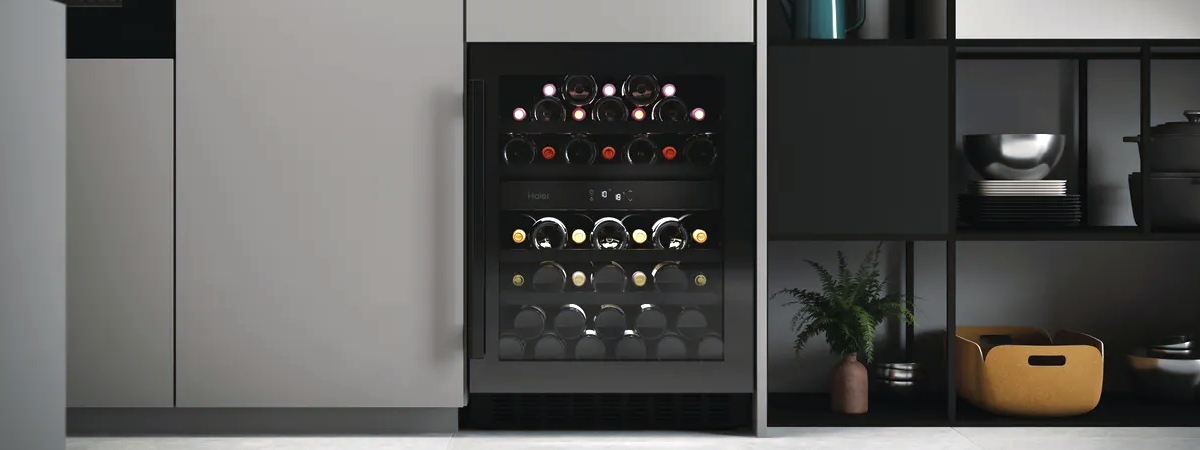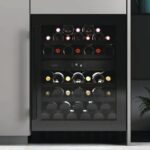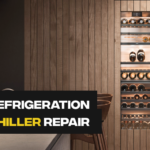Smeg Wine Cooler Condensation Forms Both Inside And Out
Post Date: June 28, 2024

Smeg wine coolers are renowned for their elegance, performance, and unwavering dedication to preserving the integrity of your prized wine collection. These top-of-the-line appliances seamlessly blend functionality with aesthetics, creating an ideal environment for your treasured wines to age and mature gracefully.
However, even the most sophisticated appliances can encounter occasional issues, such as condensation buildup inside and outside the wine cooler. While a certain degree of condensation is normal, excessive moisture can lead to potential problems like mold growth, unpleasant odors, and even damage to the appliance itself.
In this comprehensive guide, we’ll delve into the causes of condensation in your Smeg wine cooler, explore DIY solutions to address the issue, and provide preventive measures to minimize its recurrence.
Understanding the Causes of Condensation
Condensation occurs when warm, humid air comes into contact with a cooler surface, causing the moisture in the air to condense into liquid droplets. In the case of your Smeg wine cooler, condensation can form due to several factors:
-
Humidity Levels: The ambient humidity in your home or the room where the wine cooler is placed plays a significant role. If the surrounding air is excessively humid, it’s more likely to condense on the cooler’s cooler surfaces.
-
Door Opening: Each time you open the wine cooler door, a surge of warm, humid air enters the cooler, increasing the moisture content inside. If the door is left open for extended periods, condensation is more likely to form.
-
Ventilation: Proper ventilation around the wine cooler is crucial for preventing condensation buildup. If the cooler is placed in an enclosed space with restricted airflow, warm air can become trapped, leading to condensation.
DIY Solutions to Tackle Condensation
-
Monitor Humidity: Invest in a hygrometer to measure the humidity levels in the room where your wine cooler is located. If the humidity exceeds 60%, consider using a dehumidifier to lower the moisture content in the air.
-
Minimize Door Opening: Limit the frequency and duration of opening the wine cooler door. When accessing your wine collection, try to do so quickly and efficiently, minimizing the time the door remains open.
-
Ensure Proper Ventilation: Place the wine cooler in a well-ventilated area, away from walls or obstructions that could restrict airflow. Consider using a small fan to circulate air around the cooler.
-
Wipe Away Excess Moisture: Regularly check the interior and exterior of the wine cooler for condensation. Use a clean, dry cloth to wipe away any moisture buildup, preventing it from accumulating and causing further issues.
Preventive Measures to Minimize Condensation
-
Strategic Placement: Choose a location for your wine cooler that is away from direct sunlight, heat sources like ovens or stoves, and areas prone to high humidity, such as bathrooms or laundry rooms.
-
Level Placement: Ensure the wine cooler is placed on a level surface to prevent uneven door closure, which can lead to air leaks and condensation buildup.
-
Regular Maintenance: Schedule regular maintenance checks with a qualified appliance technician to ensure the wine cooler is functioning optimally. This includes inspecting the door seal for any gaps or tears, checking the condenser coils for dust buildup, and ensuring the cooling system is operating efficiently.
-
Proper Storage: Avoid storing warm or uncovered food items in the wine cooler. These items can release moisture into the air, contributing to condensation.
If you’ve implemented the DIY solutions and preventive measures outlined above and condensation persists, it’s advisable to contact a qualified appliance repair technician. They can thoroughly assess the wine cooler for any underlying issues, such as a faulty door seal, a malfunctioning cooling system, or a refrigerant leak.
Remember, timely attention to condensation issues can prevent further damage to your Smeg wine cooler and ensure the optimal environment for your prized wine collection to continue aging and maturing gracefully.








